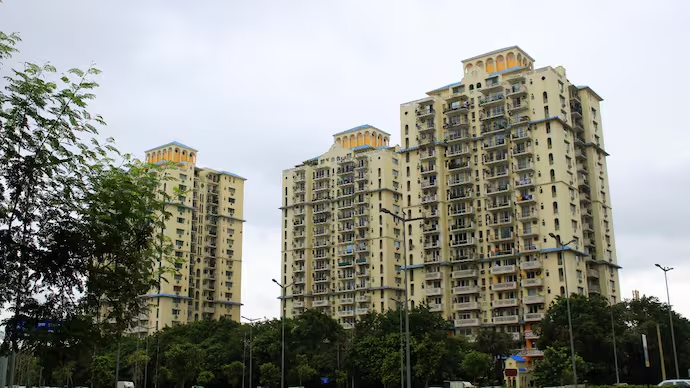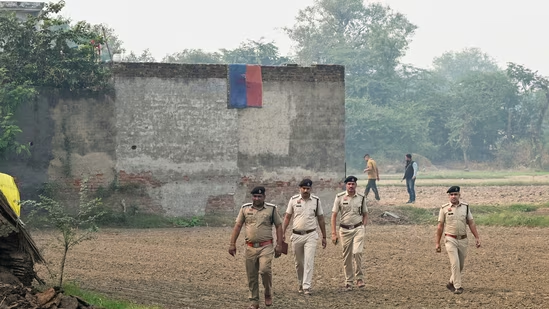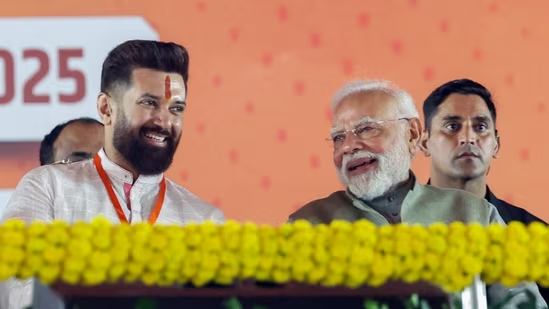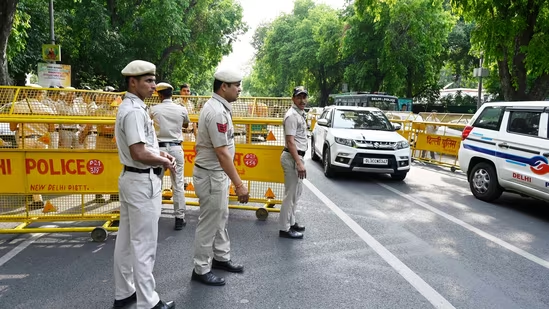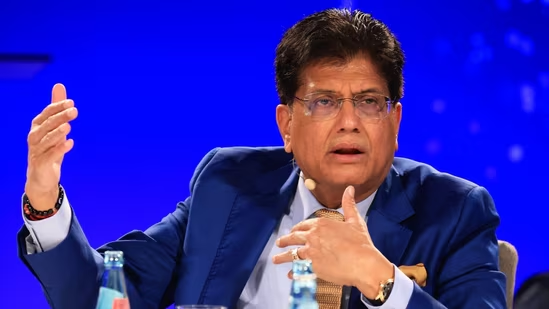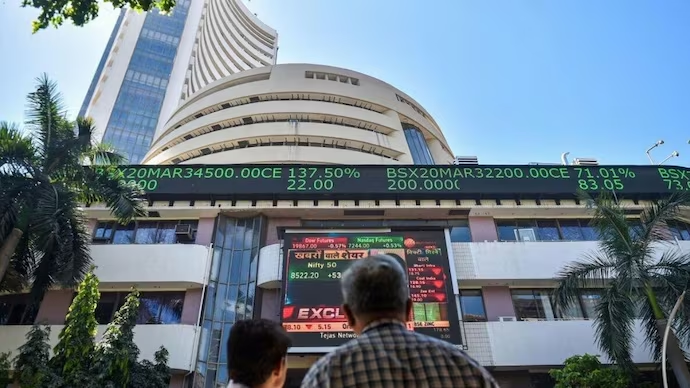In Short
- Home prices in top Indian cities rose 10-49% in Q4 2024 and Q1 2025
- Housing sales in major metros dropped 28% in Q1 2025 amid rising prices
- 2BHK flats under Rs 1 crore still available in city outskirts and Tier-2 cities
Home prices in India’s biggest cities have shot up sharply, and many aspiring homeowners are wondering whether buying a 2BHK flat under Rs 1 crore is still possible.
Real estate prices across major metros have surged due to strong demand, high construction costs, and a steady flow of luxury housing projects.
Yet, despite these challenges, there are still some pockets in both Tier-1 and Tier-2 cities where a 2BHK under Rs 1 crore is within reach.
HOUSING SALES SLOW DOWN AS PRICES JUMP
According to Anarock, housing sales in India’s top seven cities dropped by 28% in the first quarter of 2025 compared to the same period last year. About 93,280 homes were sold in Q1 2025, down from 130,170 a year earlier. This fall comes amid rising prices and global uncertainties that have slowed the market’s earlier strong momentum.
The price rise has been steep. Anarock data shows that average residential prices in the top seven cities increased by 10% to 34% in Q1 2025, mainly due to high demand and new launches in the premium segment. NCR and Bengaluru saw the biggest price jumps—more than 34% and 20%, respectively.
A separate report by CREDAI, Colliers, and Lises Foras said that during the October–December quarter of 2024, housing prices rose by an average of 10% across eight major cities. Delhi-NCR alone recorded a 31% rise during this period.
DELHI NCR, MMR, BENGALURU SEE BIGGEST PRICE SURGES
PropTiger data for Q4 2024 shows Delhi NCR with an average price of Rs 8,105 per sq ft, up 49% from a year ago.
MMR remains the most expensive market at Rs 12,600 per sq ft, up 18% year-on-year. Bengaluru’s average price stands at Rs 7,536 per sq ft, rising 12% over the same period.
HOW FAR CAN RS 1 CRORE STRETCH IN 2025?
Santhosh Kumar, Vice Chairman of ANAROCK Group, said that finding a 2BHK for under Rs 1 crore in prime city locations is nearly impossible. However, buyers can still get decent homes in the peripheral or emerging parts of Tier-1 cities.
He mentioned the below locations where people could find 2BHK homes under Rs 1 crore.
In Bengaluru, buyers can look at Devanahalli, Bagalur, or Electronic City, where smaller developers still offer budget-friendly options. In Hyderabad, Narsingi and Kokapet are among the few remaining areas where Rs 1 crore can fetch a compact 2BHK.
Pune offers possibilities in Hinjewadi and Wagholi, and in Delhi NCR, buyers may consider Sohna, New Gurgaon, Greater Noida West, and Raj Nagar Extension.
In the MMR, areas like Mira Road, Naigaon, Dombivli, Panvel, and parts of Borivali are still affordable. For those considering Kolkata, options exist in New Town, Rajarhat, and EM Bypass. In Chennai, localities like OMR, Tambaram, Pallavaram, and Perambur still offer homes within reach.
Aman Gupta, Director at RPS Group, said, “In Tier-1 cities, good 2BHKs below Rs 1 crore are still available in upcoming corridors where infrastructure bridges the gap with distance disadvantages. In Delhi-NCR, such apartments are available in localities such as Dwarka Expressway and Noida Sector 150, though commuting times can be long.”
TIER-2 CITIES OFFER SPACE, VALUE AND BETTER QUALITY OF LIFE
If buyers are willing to look beyond metros, Tier-2 cities offer better choices. Kumar said cities like Ahmedabad, Lucknow, Jaipur, and Coimbatore are emerging as attractive alternatives. These homes are not just more spacious but often located in central areas and supported by better infrastructure than many metro outskirts.
Gupta added, “Tier-2 cities give you returns that are a lot better. In Indore’s Vijay Nagar and Super Corridor, you can get a 1,200–1,400 sq ft 2BHK with a clubhouse. Prices in such areas have appreciated by 27% annually.”
In Coimbatore, localities like Vadavalli and Saravanampatty offer proximity to IT zones, while Nagpur’s Wardha Road offers premium 2BHKs starting around Rs 65 lakh.
HOW HARD HAS IT BECOME FOR FIRST-TIME BUYERS?
Home prices across India’s top seven cities rose 59% between 2021 and 2025, according to ANAROCK. Delhi NCR alone saw an 89% rise in the same period. This has made Rs 1 crore a tight budget in most large cities.
Buyers must weigh multiple factors, size, location, developer reputation, and commute. Those working from home or without school-going children may consider homes in far-out suburbs. But infrastructure becomes key in such cases. “If roads or connectivity aren’t developed now, there is no certainty they ever will be,” warned Kumar.
Gupta also pointed out that today’s budget homes may have 25% smaller carpet areas, delayed infrastructure, and fewer social amenities like hospitals and schools within reach.
WHAT’S HAPPENING ON THE SUPPLY SIDE?
As per ANAROCK, of the 1.99 lakh units launched across India’s top seven cities in the first half of 2025, over 65,000 units were priced below Rs 1 crore. That’s a lower share than before, but demand remains strong. Developers are still launching homes in this price bracket, especially in city suburbs.
However, the share of mid-segment homes has fallen from 36% to 32% in 2025, while luxury homes have risen to 41%, said Gupta. He added that buyers must also factor in registration charges and taxes, which can account for 5–8% of the home cost.
WHAT SHOULD BUYERS DO NOW?
Kumar said, “It is unlikely that supply in this price bracket will disappear. But buyers must accept trade-offs—either on the size, the builder or the location.”
If you’re buying your first home, experts advise purchasing near your place of work in a Tier-1 city if possible, even if it means compromising on amenities or opting for a resale flat.
If it’s for investment, however, Tier-2 cities might offer better returns and lower maintenance costs. For example, Gupta noted that monthly maintenance in Nagpur is nearly 46% lower than in metros.
Despite the challenges, 2BHK homes under Rs 1 crore are still available across India, if buyers are willing to look in the right places, explore upcoming locations, and compromise on size or brand. For some, Tier-2 cities may now offer a better blend of affordability and lifestyle than over-heated metro markets.
